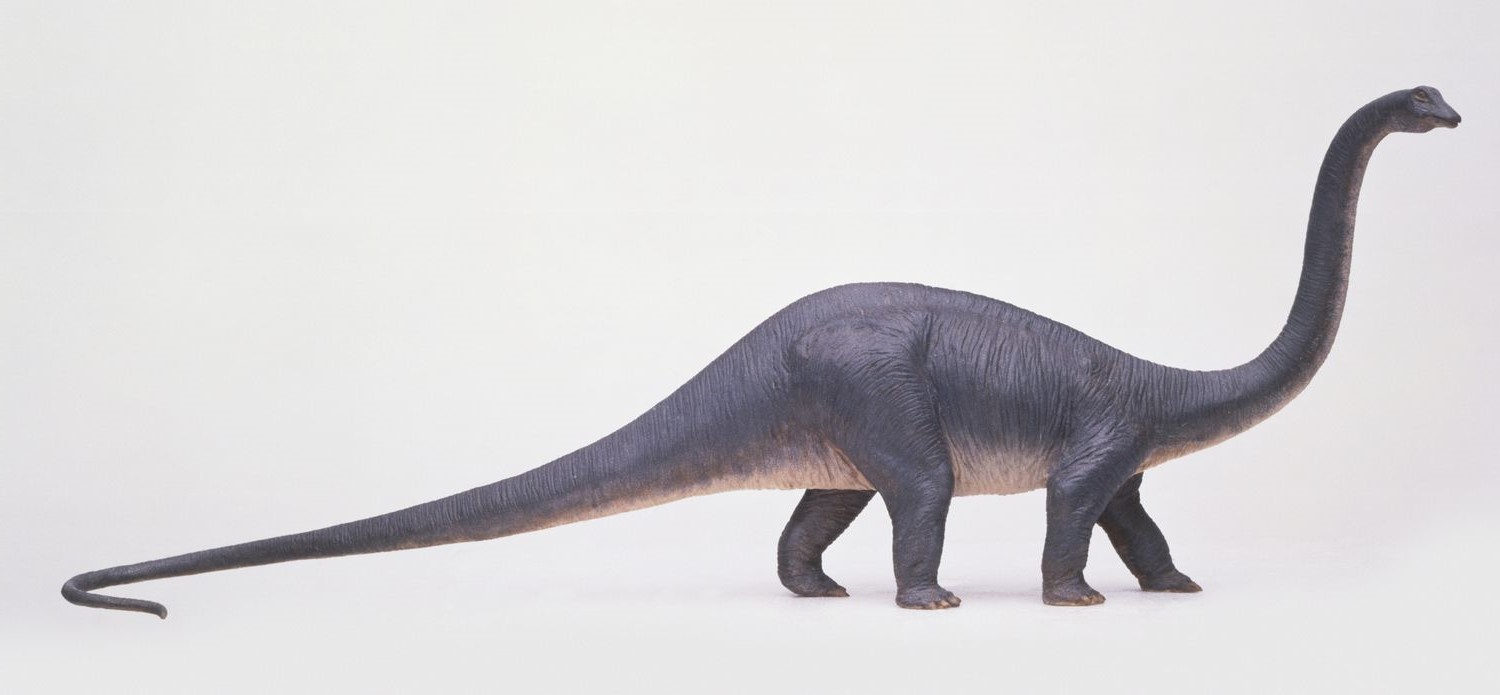
Ever wondered about the giants that roamed the Earth millions of years ago? Diplodocus, one of the most awe-inspiring dinosaurs, has fascinated scientists and dinosaur enthusiasts alike for decades. But what makes this long-necked behemoth stand out from the rest of the Jurassic crowd? From its staggering size to its unique eating habits, Diplodocus carries a tale as long as its tail. Ready to journey back in time and uncover some jaw-dropping facts about these magnificent creatures? Let's dig into the world of the Diplodocus, where every fact is as fascinating as the dinosaur itself. Prepare to be amazed by what you'll discover about these ancient giants.
Key Takeaways:
- Diplodocus, a massive herbivorous dinosaur from the Late Jurassic period, had a brain-to-body mass ratio that wasn't the brightest. Its long neck and whip-like tail were unique adaptations for reaching vegetation and possibly defending against predators.
- The discovery of Diplodocus continues to inspire scientific research and technological advancements, shedding light on its lifespan, biomechanics, and impact on popular culture. Its legacy fuels our enduring fascination with dinosaurs and the natural world.
What is a Diplodocus?
Diplodocus, a giant that once roamed North America, stands out among dinosaurs for its incredible size and distinctive features. This long-necked, long-tailed creature belonged to the family of dinosaurs known as sauropods, renowned for their massive bodies and herbivorous diets. Let's dive into some fascinating facts about this prehistoric marvel.
-
Diplodocus lived during the Late Jurassic period, approximately 154 to 152 million years ago, making it a witness to a world vastly different from ours.
-
These dinosaurs could grow up to an astonishing length of about 175 feet, making them one of the longest land animals ever to exist.
-
Unlike many other dinosaurs, Diplodocus had a very low brain-to-body mass ratio, suggesting that it wasn't the brightest creature roaming the ancient landscapes.
Diplodocus Diet and Lifestyle
-
Diplodocus was a herbivore, feeding primarily on low-lying plants and ferns. Its long neck allowed it to reach vegetation other dinosaurs couldn't, giving it a unique advantage in its habitat.
-
Scientists believe that Diplodocus swallowed stones, known as gastroliths, to help grind up plant material in its stomach, aiding in digestion.
-
Despite its massive size, Diplodocus likely had predators. Allosaurus and Ceratosaurus, both formidable carnivores of the Jurassic period, might have posed threats to younger or weaker individuals.
The Unique Physical Features of Diplodocus
-
One of the most distinctive features of Diplodocus is its whip-like tail, which consisted of about 80 vertebrae. Some scientists speculate this could have been used as a defensive weapon against predators.
-
Diplodocus had peg-like teeth located at the front of its mouth, perfectly adapted for stripping leaves off branches, rather than chewing.
-
The nostrils of Diplodocus were positioned on top of its head, leading to various theories about its living habits, including the possibility that it could have been semi-aquatic, using water to support its massive body.
Diplodocus in Popular Culture
-
Diplodocus has captured the imagination of people worldwide, featuring in numerous books, movies, and television shows about prehistoric life.
-
The first Diplodocus skeleton was discovered in 1878 by S.W. Williston, a discovery that sparked widespread public interest and led to the dinosaur becoming a popular exhibit in museums around the world.
-
In 1905, a nearly complete Diplodocus skeleton was gifted to the British Museum (Natural History) by industrialist Andrew Carnegie, becoming an iconic display and earning the nickname "Dippy."
Scientific Discoveries and Studies on Diplodocus
-
Ongoing research and fossil discoveries continue to shed light on the life and environment of Diplodocus. Each new find helps paleontologists piece together the puzzle of how these giants lived and interacted with their surroundings.
-
Advanced technologies, like computer simulations and 3D modeling, have allowed scientists to study the biomechanics of Diplodocus, including how it moved and held its massive neck and tail.
-
Studies on Diplodocus growth rings, similar to those in trees, suggest that these dinosaurs had the potential to live for many decades, possibly exceeding 100 years in age.
-
The legacy of Diplodocus extends beyond paleontology, inspiring generations to learn more about the natural world and the history of life on Earth. Its story is a testament to the enduring fascination humans have with dinosaurs, creatures that stir our curiosity and wonder about the past.
A Final Stroll Through Diplodocus Territory
We've journeyed through the fascinating world of the Diplodocus, uncovering secrets from millions of years ago. These gentle giants, with their long necks and tails, have captured our imagination and offered a window into Earth's distant past. From their unique feeding habits to their impressive size, Diplodocus dinosaurs are a testament to the diversity and wonder of prehistoric life. Their fossils, scattered across the globe, continue to inspire scientists and enthusiasts alike, pushing the boundaries of what we know about the Mesozoic era. So, next time you gaze up at a dinosaur skeleton in a museum, remember the incredible story of the Diplodocus. It's a tale of survival, evolution, and discovery that keeps enriching our understanding of the natural world.
Frequently Asked Questions
Was this page helpful?
Our commitment to delivering trustworthy and engaging content is at the heart of what we do. Each fact on our site is contributed by real users like you, bringing a wealth of diverse insights and information. To ensure the highest standards of accuracy and reliability, our dedicated editors meticulously review each submission. This process guarantees that the facts we share are not only fascinating but also credible. Trust in our commitment to quality and authenticity as you explore and learn with us.


